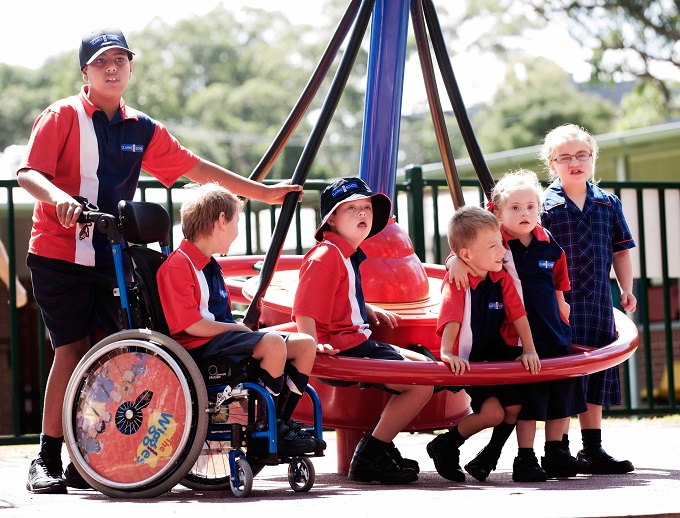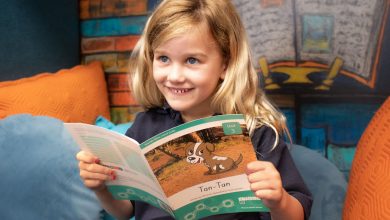NSW school breaks silence surrounding sexual abuse

Sydney’s Glenwood High School have produced a compelling and powerful video to help break the silence surrounding child sexual assault, in the lead up to Bravehearts’ annual, national White Balloon Day campaign.
30 students have produced the 2:50 minute-long White Balloon Day video featuring animated white balloons and Bravehearts’ poignant messages to help increase vital awareness of child sexual assault – a crime that affects more than 58,000 Australian children every year.
Since 2017, the class of Communications, Broadcast and Media Studies (CBMS) has worked on many projects dedicated to bringing increased understanding to their students about news and issues that matter, and White Balloon Day is no exception.
When the Glenwood High School Welfare Officer invited students and teachers to submit ideas to increase awareness of the importance of child protection for White Balloon Day, she could never have imagined the result.
“They know that all children and young people have the right to feel safe”
Noelene Callaghan, head teacher of CBMS, identified the opportunity for Year 9 students to research and develop a special project that would significantly help to increase awareness of the issue across their school community.
“Although at first, some of the students were a little apprehensive about the subject matter, the creative concept of using online video featuring animated white balloons, student presenters and Bravehearts’ compelling messages to increase awareness of this important issue, became an exciting and yet challenging project for the students,” said Ms Callaghan.
“Together we researched Bravehearts White Balloon Day messages, wrote and developed the script and creative concepts, and when it came time to call for auditions for the 25 presenter roles, the response was overwhelming,” she said.
“Using a green screen, each student presenter had been given the opportunity to select the message they wanted to present while five students worked hard behind the scenes during filming and in post-production including producing the animated balloons and working in the editing suites.
“Throughout every step of the process; from research and development, to production through to completion; the students’ enthusiasm grew because they know that all children and young people have the right to feel safe,” Ms Callaghan said.
One year nine student said:
“I love this class. Yes, at some points it’s challenging but a lot of the time it’s worth it. Our whole class puts in so much effort and we are always proud with what comes out. A lot of the time we don’t finish something in class because it’s too big to complete in just an hour so but our wonderful teacher Ms Callaghan, lets us come in at lunch and recess times to help us and let us get it done.”
In less than 12 months following the introduction of the CBMS program at Glenwood High School, the creative and technical talents earned the school the prestigious, inaugural T4L Award by the NSW Department of Education for Most Innovative Use of Technology.
Hetty Johnston AM, Founder and Executive Chair of Bravehearts was highly impressed by the school’s White Balloon Day project.
“It’s remarkable how this talented and dedicated group of students have turned their White Balloon Day awareness project into such a meaningful form of online communication by combining the White Balloon Day theme through animation with young people who are clearly passionate about helping protect their peers and young people everywhere,” she said.
“With 1 in 5 children sexually harmed in some way before their 18th Birthday, the significance of what the Glenwood High School students have achieved cannot be overstated.
“Every Australian child has the right to feel safe and when we see young people proactively engaging with friends and peers with such powerful messaging to help break the silence of this crime, it’s extremely inspiring,” said Ms Johnston.
During National Child Protection Week everyone can help our children stay safe by participating in White Balloon Day and registering at whiteballoonday.com.au.







